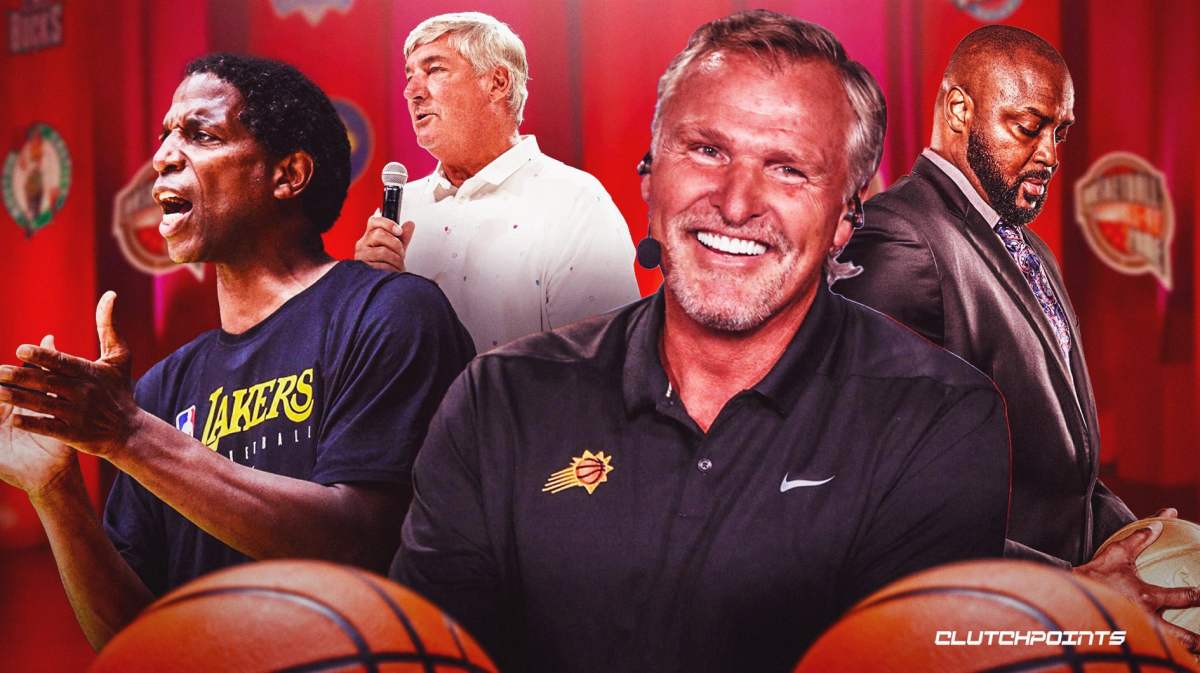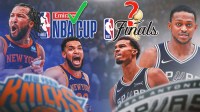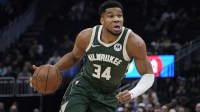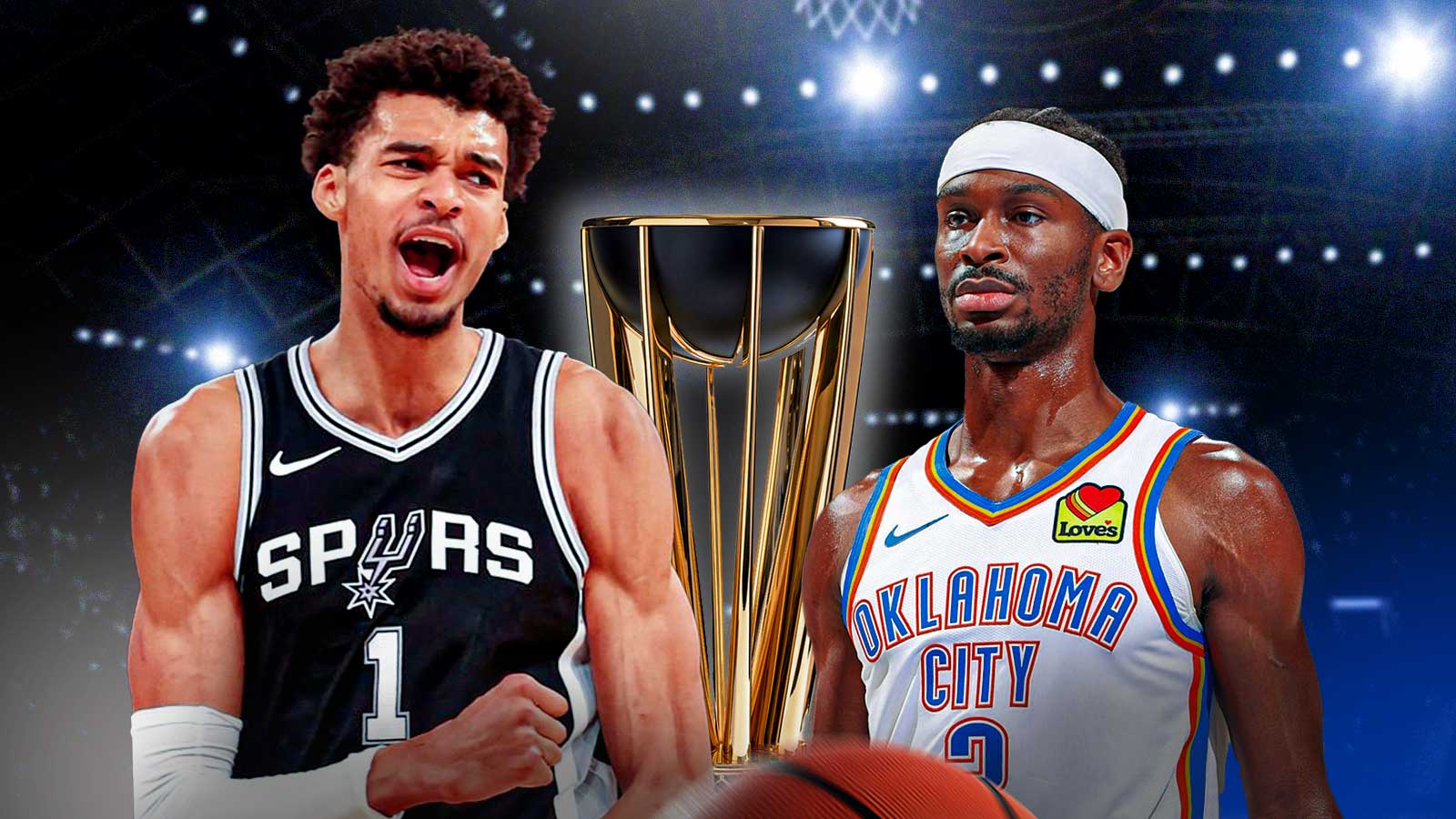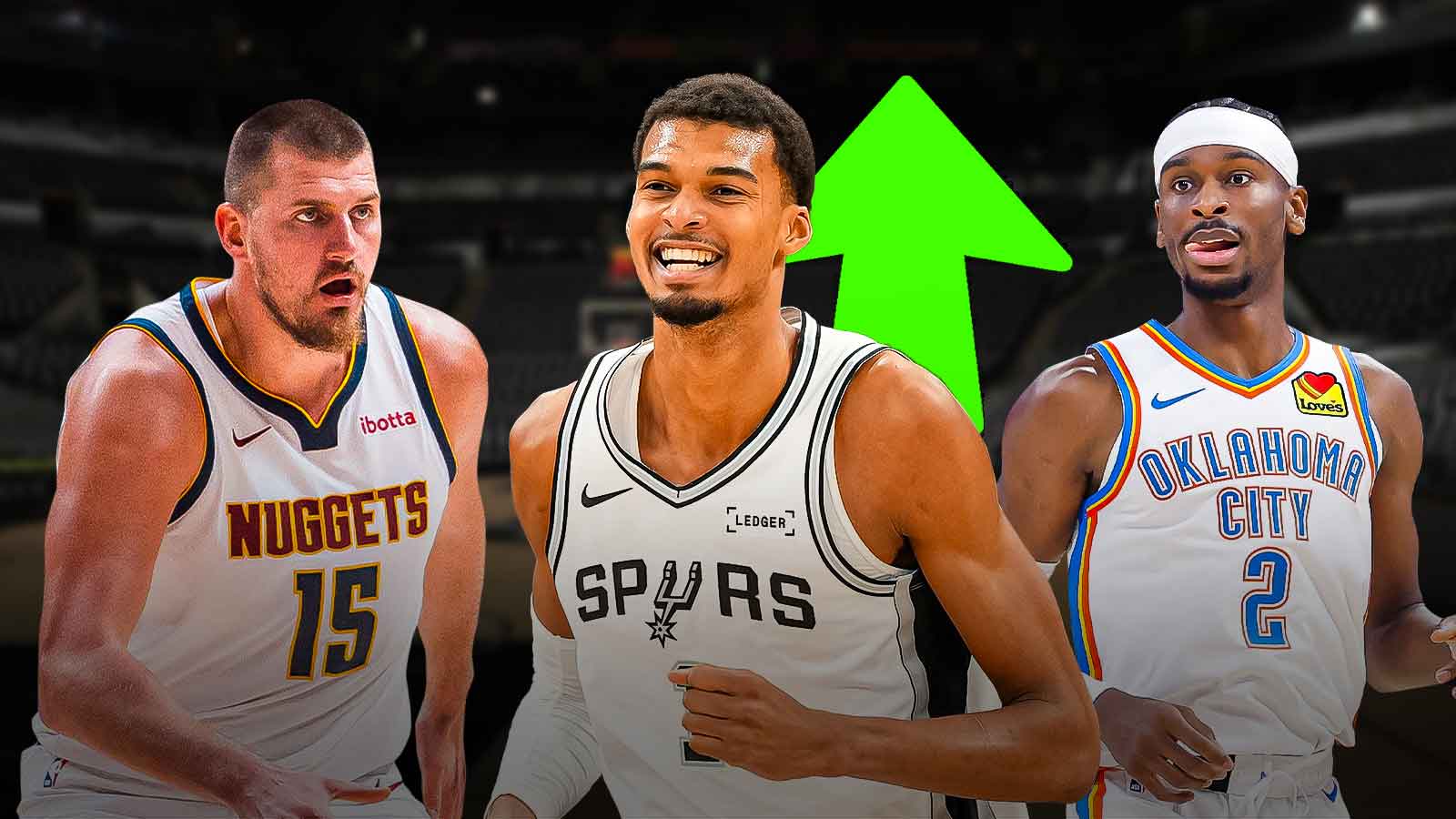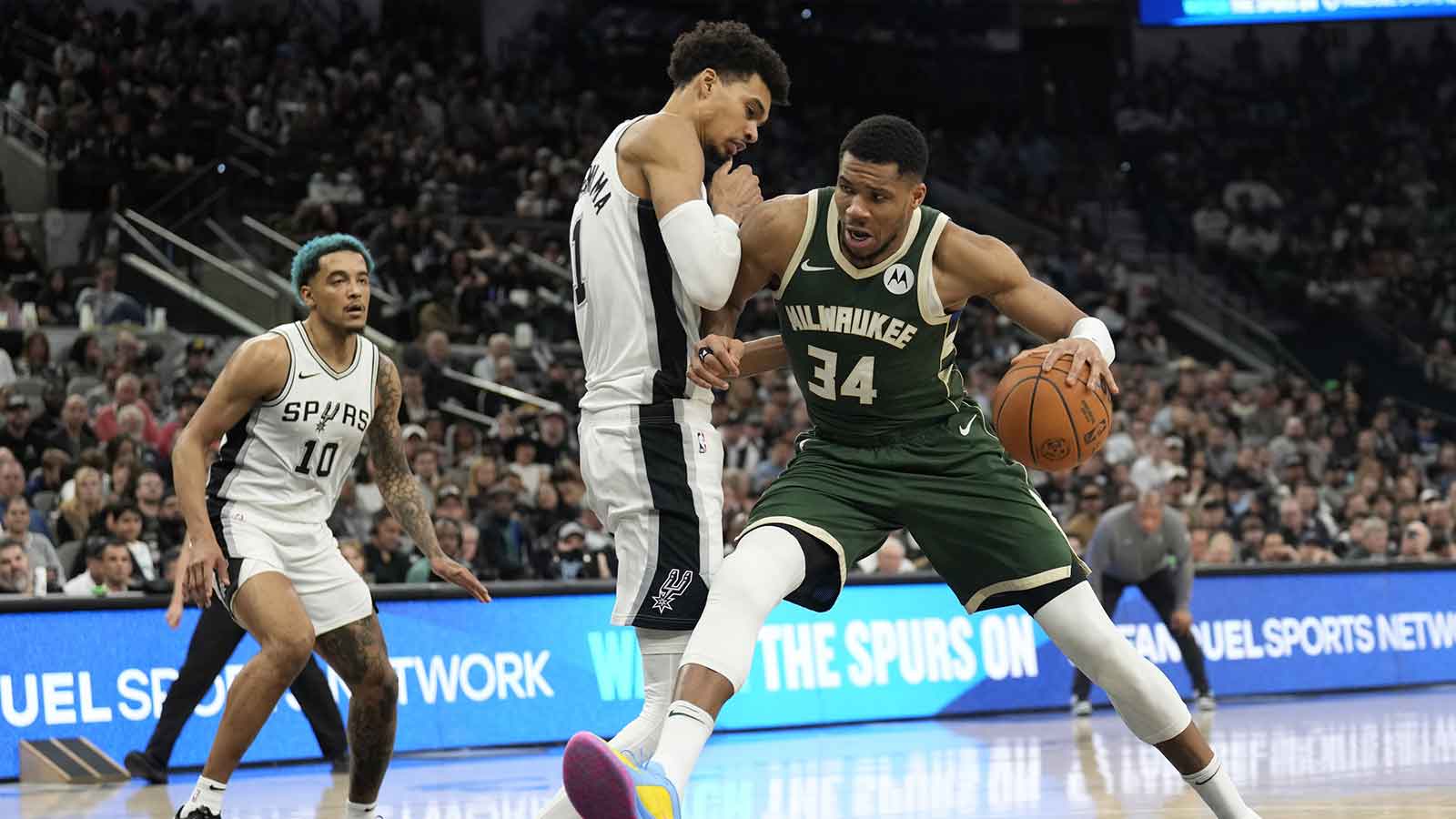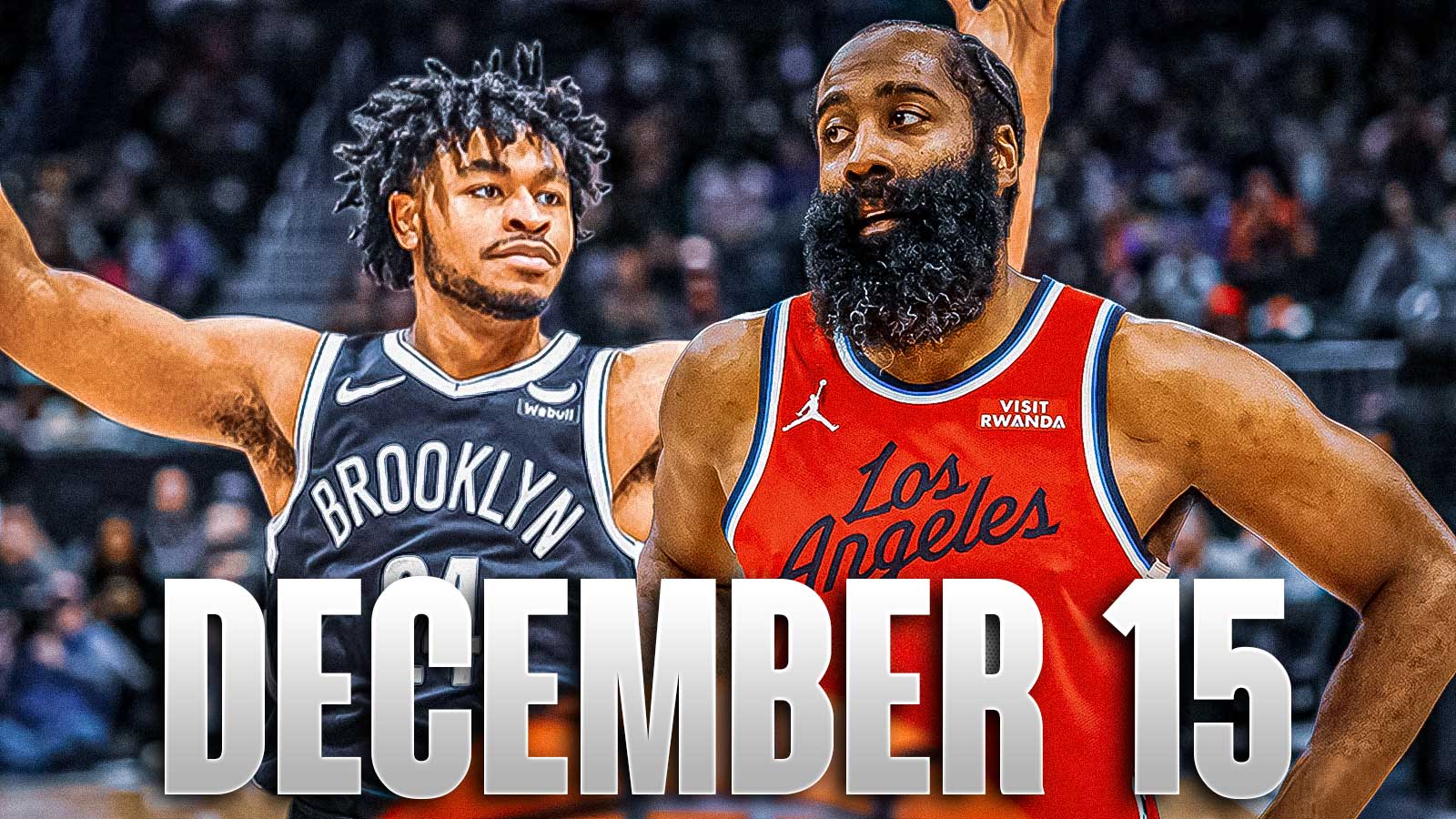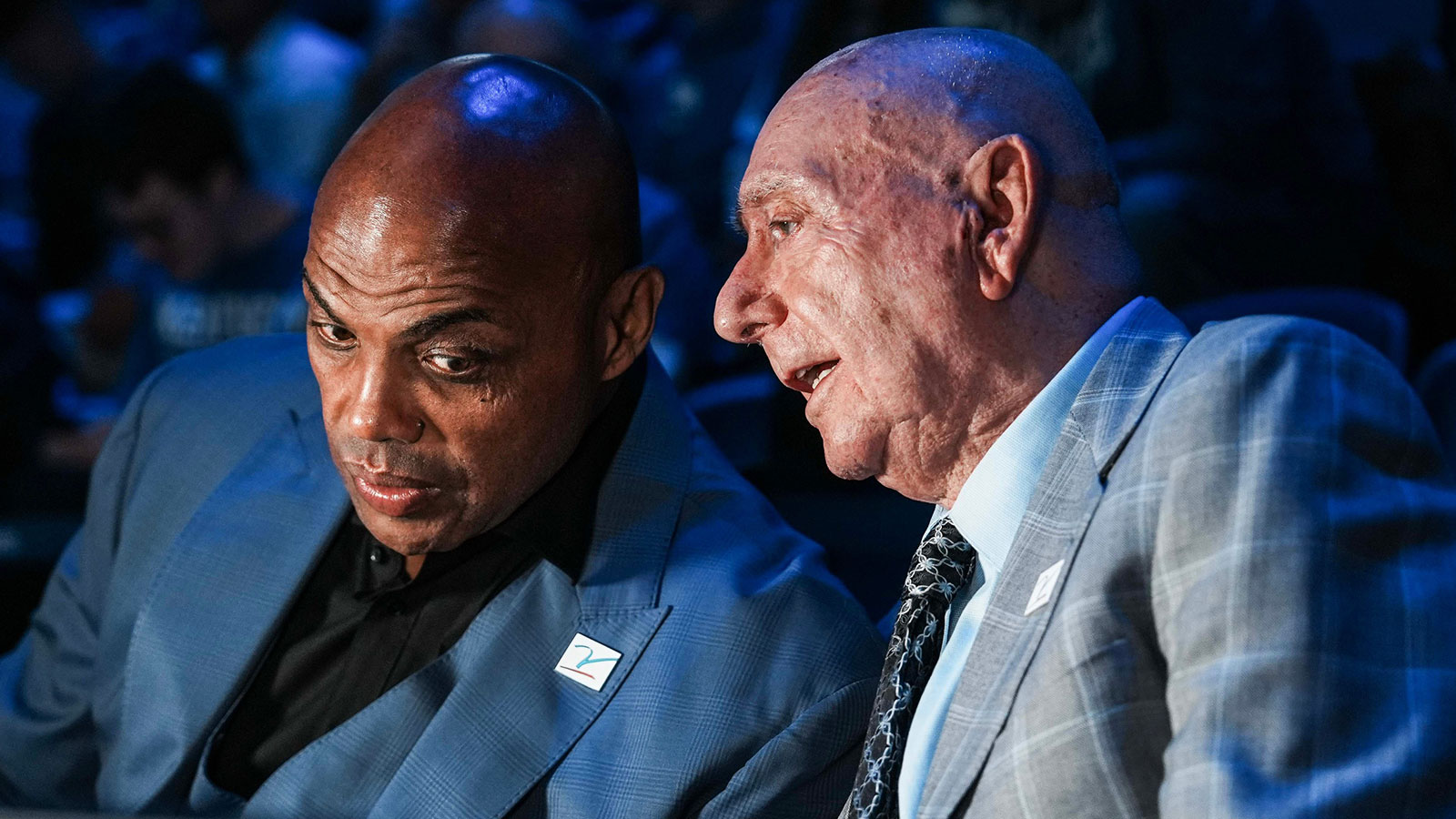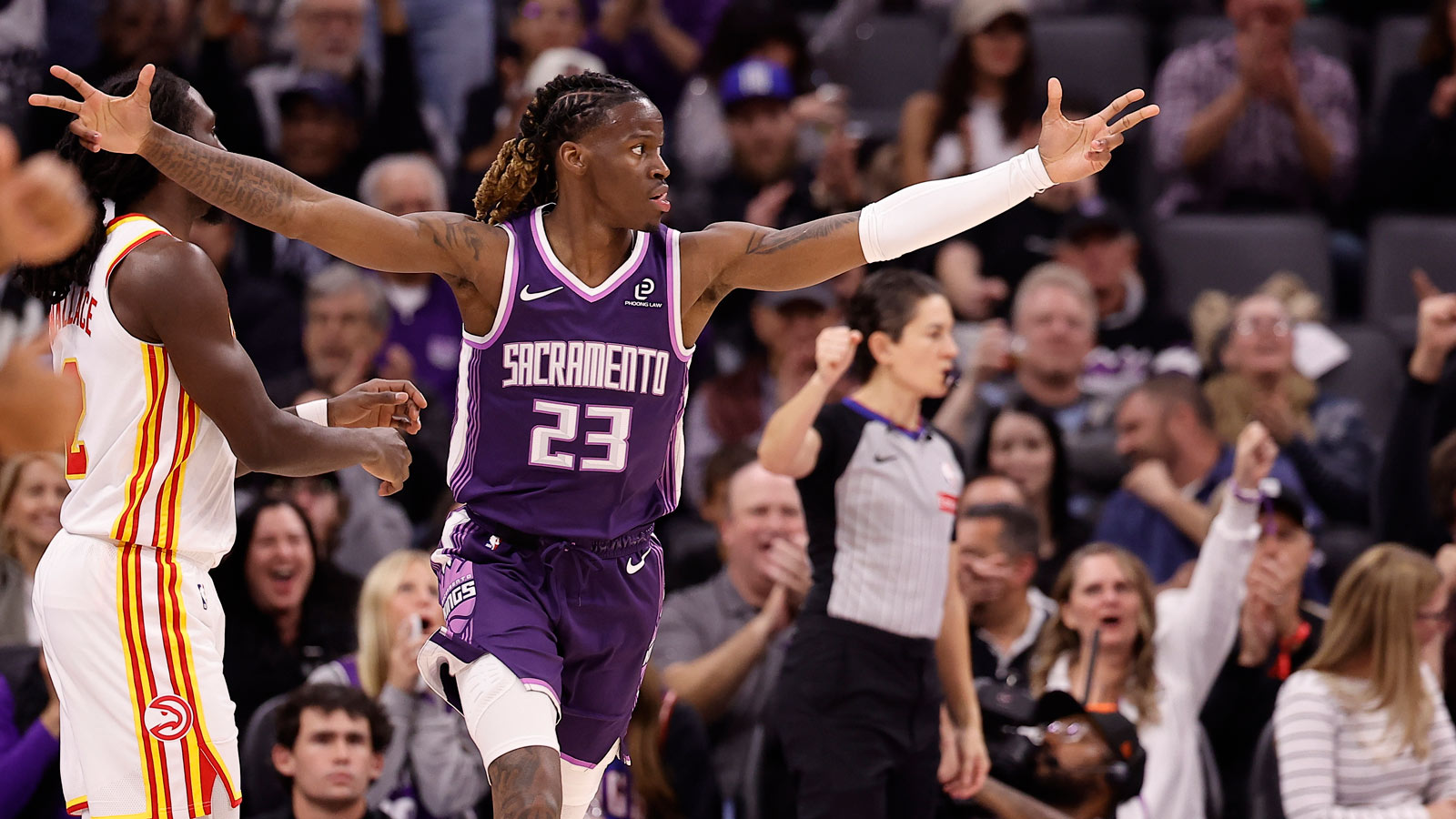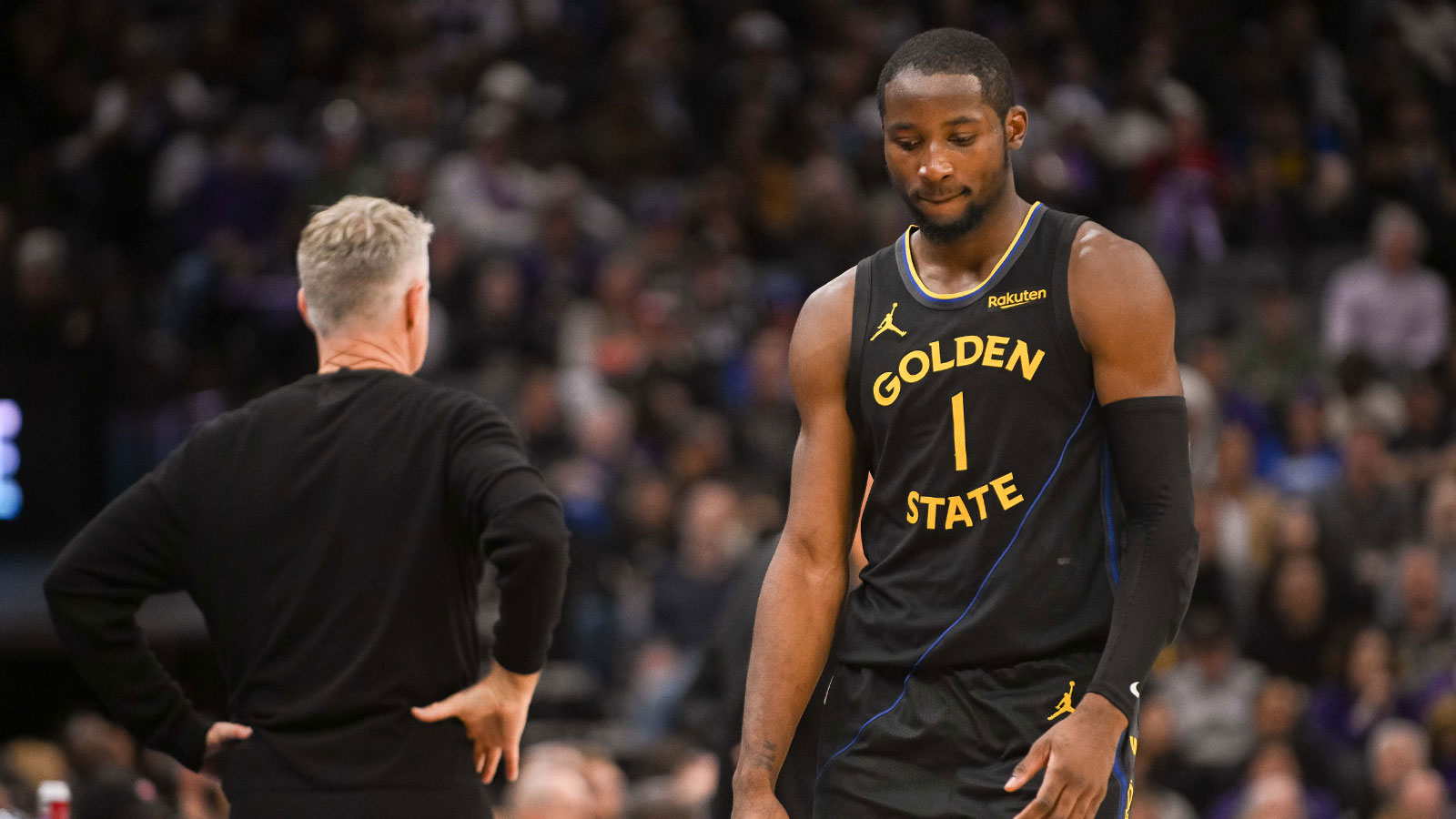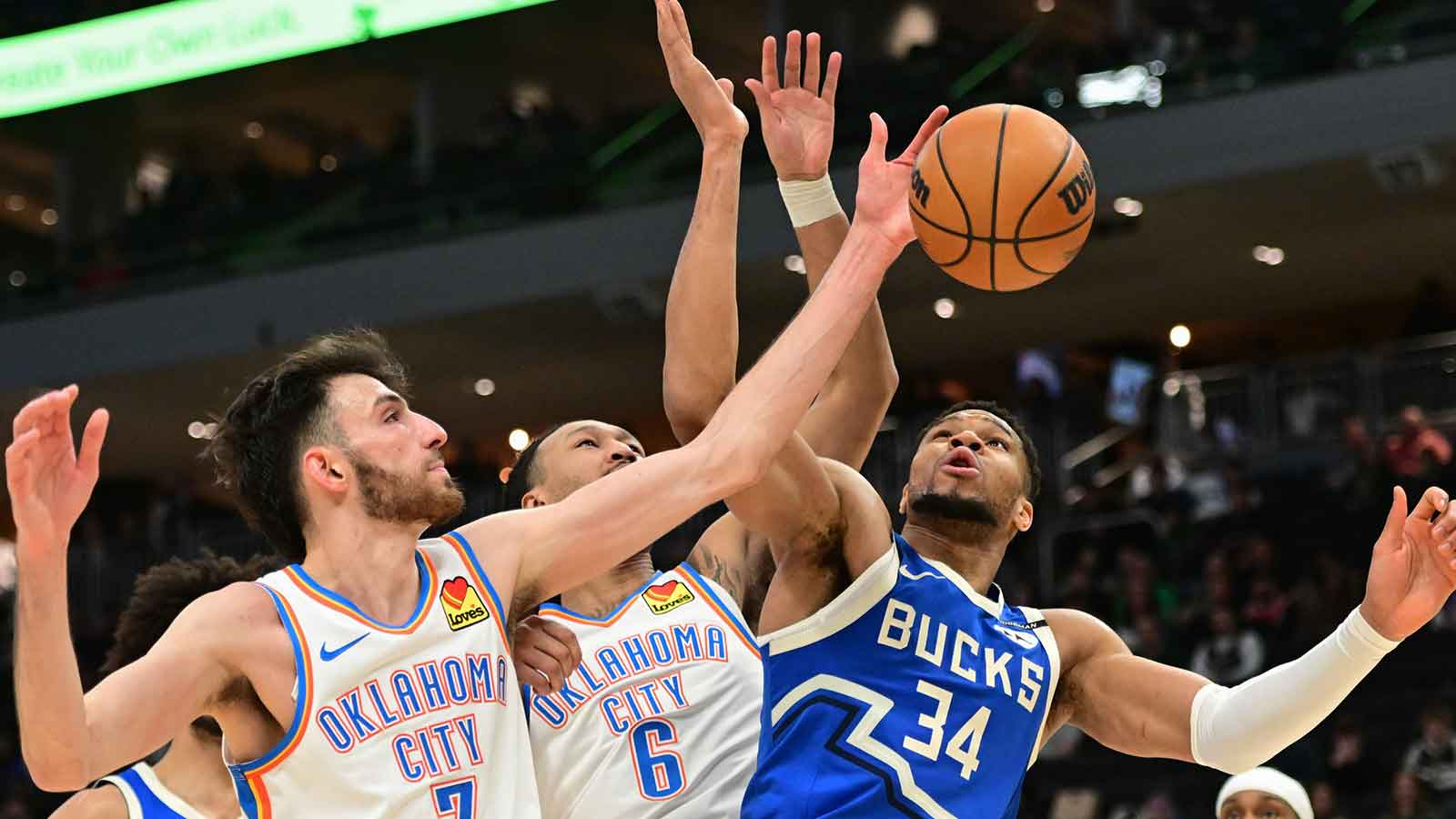The Naismith Basketball Hall of Fame Class of 2023 is arguably the most stacked of all time. Legendary players Dwyane Wade, Dirk Nowitzki, Tony Parker, and Pau Gasol headline the class, putting four surefire Hall of Famers in the same class together. Gregg Popovich is a 2023 Hall of Famer, and he is arguably the greatest coach in NBA history. Becky Hammon, one of the most important women in the history of the sport, is a 2023 Hall of Famer as well. Gene Bess, Gary Blair, David Hixon, Gene Keady, and the 1976 Women's Olympic Team are all very deserving Hall of Famers as well. Jim Valvano also is in the 2023 class. He was one of the most influential figures in college basketball history.
Every individual member of the 2023 Basketball Hall of Fame class deserves to be a Hall of Famer for their own reasons. However, there are plenty of worthy basketball icons who haven't been granted the game's highest honor. Here are the biggest snubs from the Naismith Basketball Hall of Fame.
Tom Chambers, PF
Tom Chambers is the highest scorer in NBA history not to be in the Hall of Fame for eligible players. Chambers is one of two players eligible and not in the Hall of Fame (Antawn Jamison) with over 20,000 career points. Chambers has 20,049 career points and averaged 18.1 points, 6.1 rebounds, and 2.1 assists per game for his career. He scored as high as 27.2 points per game in his best season.
The ultimate high-flyer, Chambers was an exceptional dunker in his day and competed in the 1987 dunk contest. While he also played for the San Diego Clippers, Utah Jazz, Charlotte Hornets, and the Philadelphia 76ers, Chambers All-Star seasons came with the Seattle Supersonics and Phoenix Suns. Chambers was a four-time All-Star and two-time All-NBA Second Team member. Chambers won All-Star Game MVP honors in 1987.
In 2021 Chambers was nominated for the Hall of Fame, but he didn't advance as a finalist. While he has been blessed with being in the Suns' Ring of Honor and by having his jersey retired by the Utah Utes, Chambers is definitely one of the biggest omissions from the Basketball Hall of Fame.
A.C. Green, PF
A.C. Green is the NBA's all-time leader in consecutive games played. The ultimate iron man, Green's record of 1,192 games in a row is one of the most unbreakable records in basketball. For context, Mikal Bridges is the NBA's current consecutive games-in-a-row leader with 392 straight games. Green's record took the course over 14 years.
Green missed only eight potential games in his entire 16-year career. Only three of those games came in the regular season, and they were in the forward's second year. However, Green was much more than just a body on the court; he was a great winner. He won three championships, all with the Los Angeles Lakers, and the final one coming 12 years after the second. Green was an All-Star in 1990 and a Second Team All-Defense selection in 1989.
Green was more of a role player than a star, but being one of the greatest examples of consistency puts him firmly on this list of Hall of Fame omissions.
Horace Grant, PF
Horace Grant is another example of a role player who always found himself in winning situations, which begs the question, was he the reason for his team's winningness, or just in the right place at the right time? Grant was the third-best player during the Chicago Bulls' first three-peat. Grant was a tough-nosed player and great rebounder, and he was selected to four All-Defensive Teams.
After a move to Orlando to play for the Magic, Grant became an All-Star in 1994. His Magic teams immediately became some of the biggest threats in the Eastern Conference. The Magic made the NBA Finals in 1995, and he had to beat Michael Jordan and his former team to get there, a rare feat in the '90s.
Known for his safety goggles, Grant averaged 11.2 points and 8.1 rebounds per game for his career. He won his fourth championship in 2001 with the Los Angeles Lakers.
Chauncey Billups, PG
Mr. Big Shot is one of two players eligible that has won a Finals MVP and is not in the Hall of Fame. Billups played David vs. Goliath in a clash against a dynasty when his Detroit Pistons took on the Lakers in the 2004 NBA Finals. Billups led a team without a true superstar to an inconceivable championship.
A five-time All-Star, Billups scored 15.2 points per game to go along with 5.4 assists during his career. Billups was a late bloomer, but he had a great run with the Pistons and the Denver Nuggets, where he replaced Allen Iverson as the team's starting point guard.
Billups was a fantastic leader and a great floor general. The point guard was one of the first players to popularize drawing shooting fouls on jump shots. He made three All-NBA Teams and was twice on the All-Defensive Second Team. Billups is currently the head coach of the Portland Trail Blazers.
Shawn Kemp, PF
In his prime, Shawn Kemp was one of the best dunkers ever. Kemp was a fantastic alley-oop finisher, and he slammed home 1,505 regular-season dunks over his career.
Reign Man's best days were with the Seattle Supersonics. While off-the-court issues put a damper on his later seasons, Kemp was still one of the most productive players of the '90s. Kemp fell victim to never winning an NBA Finals in the '90s because of the presence of the Bulls. His Sonics did make the Finals in 1996, and he and teammate Gary Payton formed one of the most iconic duos of their time.
Bill Laimbeer, C
Bill Laimbeer was the epitome of the physical era that was the 1980s. He represented everything that the Bad Boy Pistons stood for. While he was often called dirty, Laimbeer was strategic in doing whatever it took to win games. And he did just that, winning back-to-back championships with the Pistons in 1989 and 1990.
Laimbeer's number 40 jersey was retired by the Pistons after he was a four-time All-Star and one-time rebounding leader. The towering figure was a force to be reckoned with down low, and few wanted to try him at the rim. Laimbeer averaged 12.9 points and 9.7 rebounds per game.
The big man was also a surprisingly good three-point shooter for his era. In a time when few centers were shooting deep balls, Laimbeer made 202 career shots from behind the arc.

